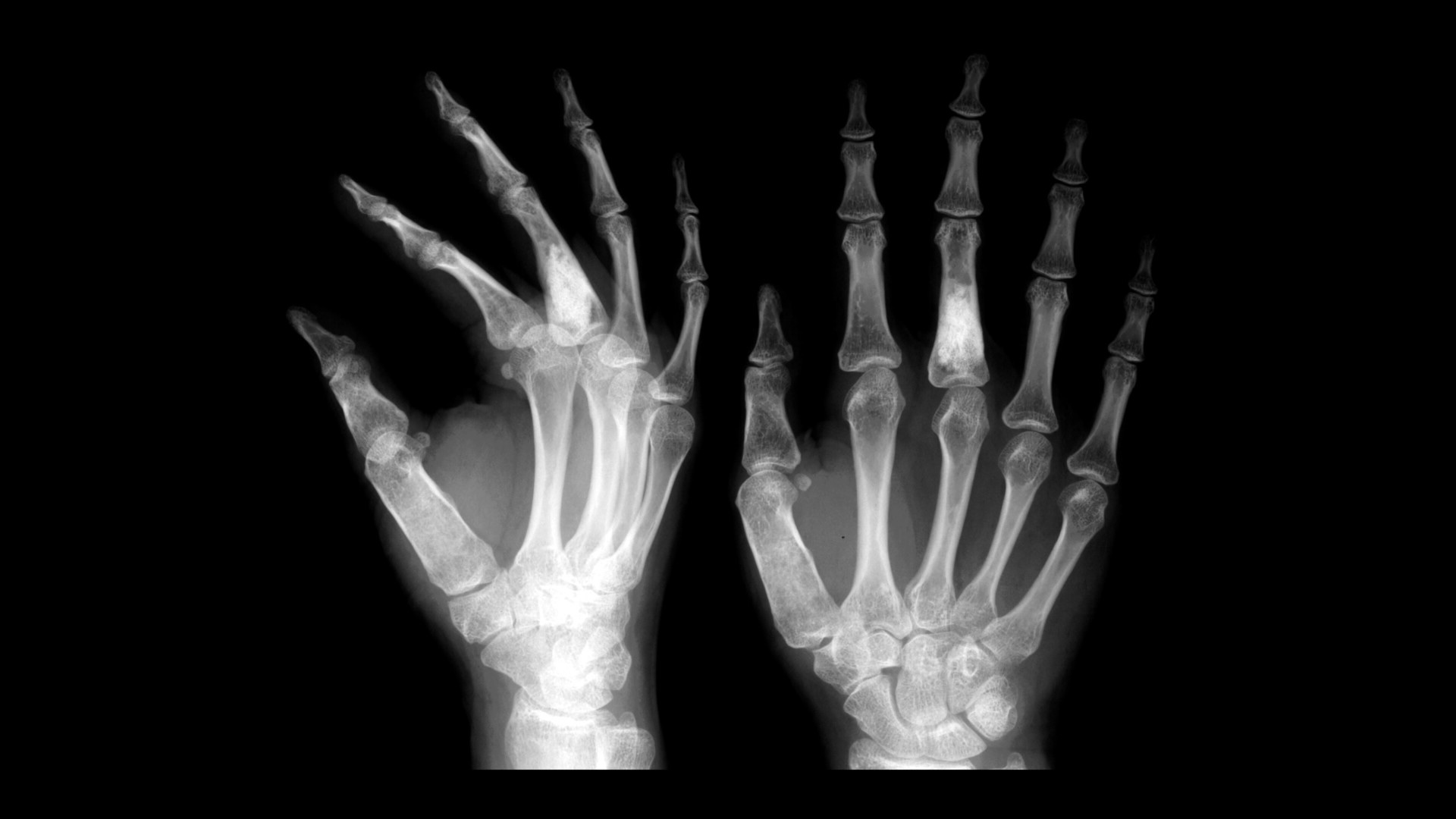
Maffucci syndrome is a rare genetic disorder that affects bones and skin. Named after the Italian pathologist Angelo Maffucci, this condition often presents itself during childhood. Symptoms include multiple enchondromas (benign cartilage tumors) and hemangiomas (abnormal blood vessels). These growths can lead to bone deformities, fractures, and sometimes pain. Although non-cancerous, enchondromas can occasionally transform into malignant tumors. Maffucci syndrome is not inherited but occurs due to random genetic mutations. Diagnosis typically involves imaging studies like X-rays and MRIs, alongside genetic testing. Treatment focuses on managing symptoms and complications, often requiring a multidisciplinary approach. Understanding this condition can help those affected lead better lives.
Key Takeaways:
- Maffucci Syndrome is a rare genetic disorder causing bone tumors and abnormal blood vessels. It can lead to bone deformities, vision problems, and psychological distress, requiring regular monitoring and specialized care.
- Treatment for Maffucci Syndrome includes surgery, pain management, and regular screenings. Psychological support, genetic counseling, and multidisciplinary care are essential for managing the condition and improving quality of life.
What is Maffucci Syndrome?
Maffucci Syndrome is a rare genetic disorder characterized by the presence of multiple enchondromas (benign cartilage tumors) and hemangiomas (abnormal blood vessels). This condition affects the bones and skin, leading to various complications.
- Rare Condition: Maffucci Syndrome is extremely rare, with fewer than 200 cases reported worldwide.
- Genetic Mutation: It is caused by mutations in the IDH1 or IDH2 genes.
- Non-Hereditary: Unlike many genetic disorders, Maffucci Syndrome is not inherited but occurs due to spontaneous mutations.
- First Described: The syndrome was first described by Angelo Maffucci, an Italian pathologist, in 1881.
- Enchondromas: These benign cartilage tumors primarily affect the long bones, hands, and feet.
- Hemangiomas: Patients often have multiple hemangiomas, which are abnormal clusters of blood vessels.
- Bone Deformities: Enchondromas can cause bone deformities and fractures.
- Skin Lesions: Hemangiomas can appear as bluish or purplish skin lesions.
- Asymmetry: The condition often leads to asymmetrical growth of bones and limbs.
- Pain: Bone deformities and fractures can cause significant pain and discomfort.
Complications of Maffucci Syndrome
Living with Maffucci Syndrome can lead to various complications that affect daily life and overall health. Understanding these complications is crucial for managing the condition.
- Malignant Transformation: There is a risk that enchondromas can transform into malignant chondrosarcomas.
- Functional Impairment: Bone deformities can lead to functional impairments, affecting mobility and dexterity.
- Short Stature: Many individuals with Maffucci Syndrome have a shorter stature due to bone abnormalities.
- Vision Problems: Hemangiomas near the eyes can cause vision problems.
- Hearing Loss: Hemangiomas in the ear region can lead to hearing loss.
- Respiratory Issues: Large hemangiomas in the respiratory tract can cause breathing difficulties.
- Neurological Symptoms: Rarely, hemangiomas can affect the brain, leading to neurological symptoms.
- Infections: Open skin lesions from hemangiomas can become infected.
- Psychological Impact: The visible deformities and chronic pain can lead to psychological distress.
- Regular Monitoring: Due to the risk of complications, regular monitoring by healthcare professionals is essential.
Treatment and Management
While there is no cure for Maffucci Syndrome, various treatments can help manage symptoms and improve quality of life.
- Surgery: Surgical removal of enchondromas and hemangiomas can help alleviate symptoms.
- Pain Management: Pain relief through medications and physical therapy is crucial.
- Orthopedic Interventions: Braces and orthopedic surgeries can help manage bone deformities.
- Regular Screenings: Regular screenings for malignant transformation are necessary.
- Dermatological Care: Specialized care for skin lesions can prevent infections.
- Psychological Support: Counseling and support groups can help address the psychological impact.
- Genetic Counseling: Genetic counseling can provide information and support for affected individuals and their families.
- Multidisciplinary Approach: A team of specialists, including orthopedic surgeons, dermatologists, and geneticists, is often required.
- Research and Trials: Participation in clinical trials can provide access to new treatments and therapies.
- Patient Education: Educating patients and families about the condition is vital for effective management.
Final Thoughts on Maffucci Syndrome
Maffucci Syndrome, a rare genetic disorder, affects bones and skin. It causes enchondromas (benign cartilage tumors) and hemangiomas (blood vessel growths). These growths can lead to bone deformities, fractures, and other complications. Early diagnosis and regular monitoring are crucial for managing symptoms and preventing complications. Treatment often involves surgery to remove tumors or correct deformities. Genetic counseling can help families understand the condition and its implications. While there's no cure, advancements in medical research offer hope for better management and potential treatments. Staying informed and working closely with healthcare providers can improve quality of life for those affected. Understanding the facts about Maffucci Syndrome empowers patients and families to make informed decisions and advocate for their health.
Frequently Asked Questions
Was this page helpful?
Our commitment to delivering trustworthy and engaging content is at the heart of what we do. Each fact on our site is contributed by real users like you, bringing a wealth of diverse insights and information. To ensure the highest standards of accuracy and reliability, our dedicated editors meticulously review each submission. This process guarantees that the facts we share are not only fascinating but also credible. Trust in our commitment to quality and authenticity as you explore and learn with us.
